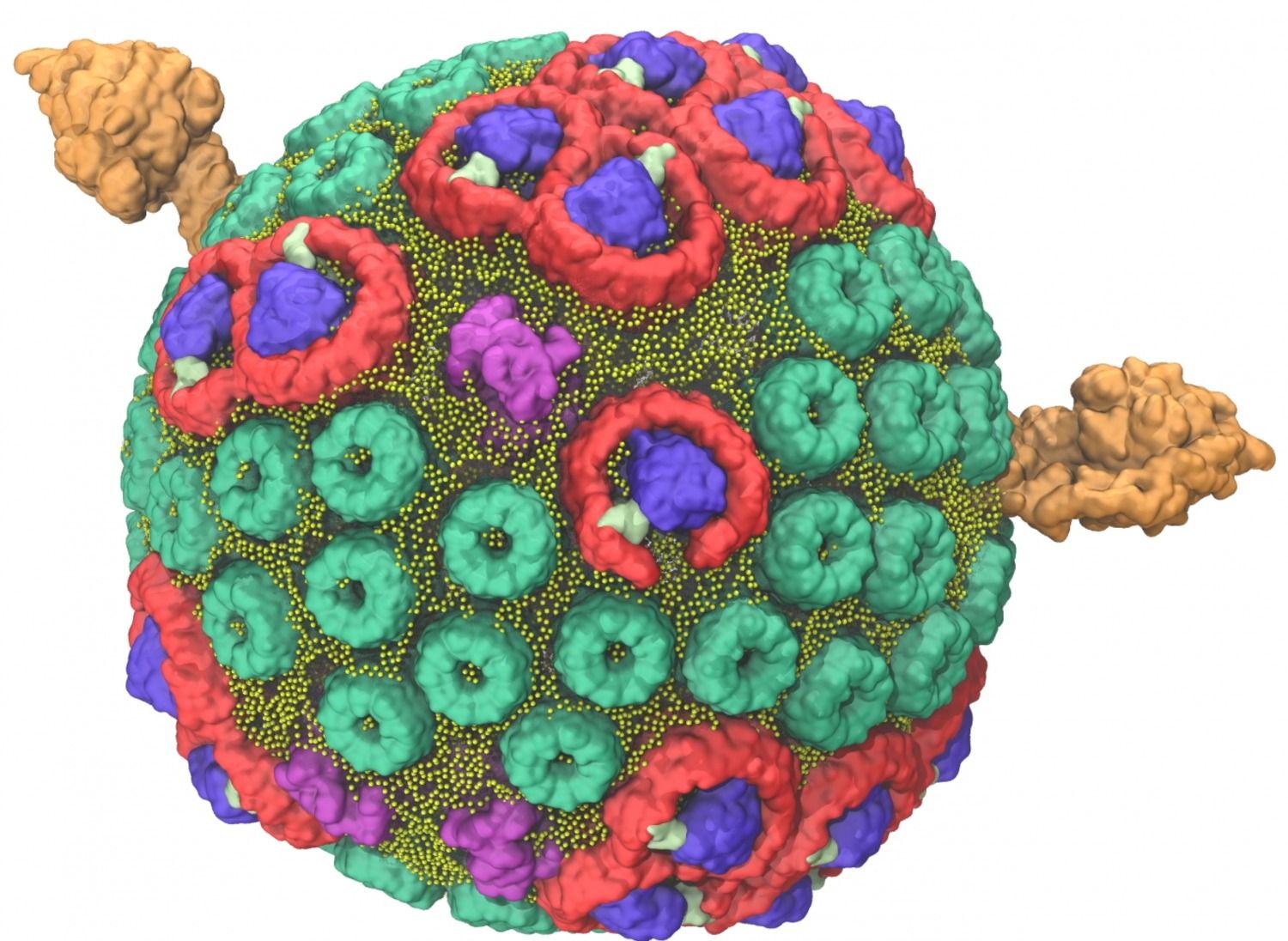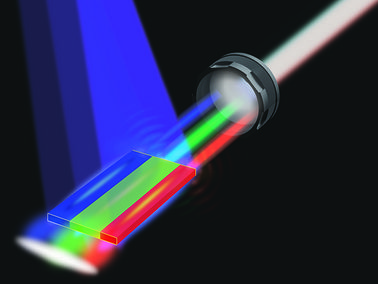SolarCity is expanding its services to small and medium-sized businesses. This move allows local businesses to save money with renewable energy. Going solar.
Category: energy

Researchers build bacteria’s photosynthetic engine
“Furthermore, the chromatophore project marks a shift in computational biophysics from analyzing the individual cell parts (e.g., a single protein) to analyzing the specialized systems of the cell (e.g., hundreds of proteins working together to carry out an autonomous function). This is a significant step toward the long-term goal of simulating an entire living organism.”
Nearly all life on Earth depends on photosynthesis, the conversion of light energy into chemical energy. Oxygen-producing plants and cyanobacteria perfected this process 2.7 billion years ago. But the first photosynthetic organisms were likely single-celled purple bacteria that began absorbing near-infrared light and converting it to sulfur or sulfates about 3.4 billion years ago.

Hanging Underneath A Bridge Is A Great Place To Put Wind Turbines — By Charlie Sorrel | Fast Company
One problem with wind power is that it’s expensive to build and hard to find the space. Problem solved.

Researchers demonstrate the world’s first white lasers
More luminous and energy efficient than LEDs, white lasers look to be the future in lighting and light-based wireless communication.

How to Use a Black Hole’s Spin to Harvest Energy
A black hole isn’t the energy sink you might think it is. By hurling matter towards a black hole, it might be possible to get energy out of it. Learn how a spinning black hole could be an energy turbine for an entire civilization.

When Machines Can Do Most Jobs—Passion, Creativity, and Reinvention Rule
Not long ago, schoolchildren chose what they wanted to be when they grew up, and later selected the best college they could gain admission to, spent years gaining proficiency in their fields, and joined a company that had a need for their skills. Careers lasted lifetimes.
Now, by my estimates, the half-life of a career is about 10 years. I expect that it will decrease, within a decade, to five years. Advancing technologies will cause so much disruption to almost every industry that entire professions will disappear. And then, in about 15–20 years from now, we will be facing a jobless future, in which most jobs are done by machines and the cost of basic necessities such as food, energy and health care is negligible — just as the costs of cellphone communications and information are today. We will be entering an era of abundance in which we no longer have to work to have our basic needs met. And we will gain the freedom to pursue creative endeavors and do the things that we really like.

Phosphorene could lead to ultrathin solar cells
Scientists at Australian National University (ANU) have used simple transparent sticky (aka “Scotch”) tape to create single-atom-thick layers of phosphorene from “black phosphorus,” a black crystalline form of phosphorus similar to graphite (which is used to create graphene).

Renewable energy boom will mean vastly cheaper electricity
Renewable energy boom will mean vastly cheaper electricity
Renewable energy, combined with prolific battery storage, will soon result in vastly cheaper electricity — and solar power that’s less expensive than what fossil fuel-based power plants can produce.
Additionally, solar power with lithium-ion and flow-battery storage systems will make the combination of renewable energy so inexpensive that it will surpass nuclear power and obviate the need for futuristic power sources such as fusion, according to Tesla CTO JB Straubel.
“I think we’re at the beginning of a new cost decline curve. Almost no one today would have predicted photovoltaic prices would have dropped as fast as they have, and storage is right at the cliff heading down that price curve,” Straubel said.

What Are The Roadblocks To More Renewables? — Bob Stojanovic and Dennis McKinley | CleanTechnica
“We have the technology to successfully integrate distributed, renewable energy with the grid to provide a reliable, seamless power source. That includes software that helps renewable-power providers better predict their output throughout the day and feed that information upstream to utilities so they can blend that power with their traditional generation portfolio…The real barrier to greater renewable use is less technological and more philosophical. People worry that connecting all these renewable sources to the grid will bring it down.” Read more

Metal foams found to excel in shielding X-rays, gamma rays, neutron radiation
Lightweight composite metal foams like this one have been found effective at blocking X-rays, gamma rays and neutron radiation, and are capable of absorbing the energy of high impact collisions — holding promise for use in nuclear safety, space exploration, and medical technology applications (credit: Afsaneh Rabiei, North Carolina State University)